My house smells!
mredding
17 years ago
Featured Answer
Sort by:Oldest
Comments (12)
mountainstoveguy
17 years agolast modified: 9 years agoRelated Professionals
Channelview Fireplaces · Decatur Fireplaces · Quincy Fireplaces · Three Lakes General Contractors · American Canyon General Contractors · Cedar Hill General Contractors · Eatontown General Contractors · Euclid General Contractors · Green Bay General Contractors · Jackson General Contractors · Klahanie General Contractors · North Highlands General Contractors · Saint Paul General Contractors · West Whittier-Los Nietos General Contractors · Arcadia Lightingmredding
17 years agolast modified: 9 years agomountainstoveguy
17 years agolast modified: 9 years agomountainstoveguy
17 years agolast modified: 9 years agogaryg
17 years agolast modified: 9 years agomredding
17 years agolast modified: 9 years agoberlin
17 years agolast modified: 9 years agogaryg
17 years agolast modified: 9 years agojerry_nj
17 years agolast modified: 9 years agoelkimmeg
17 years agolast modified: 9 years agojerry_nj
17 years agolast modified: 9 years ago
Related Stories
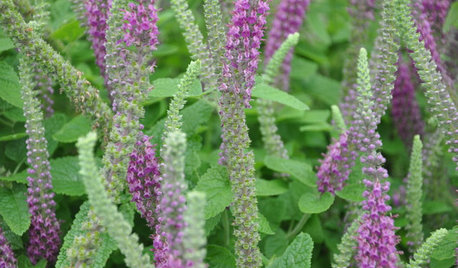
FEEL-GOOD HOME9 Smells You Actually Want in Your Home
Boost memory, enhance sleep, lower anxiety ... these scents do way more than just smell good
Full Story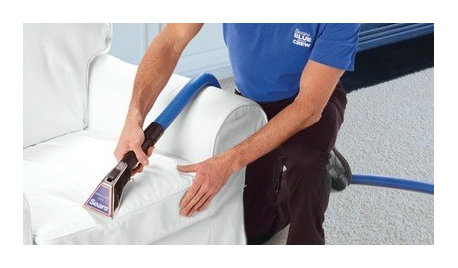
HOUSEKEEPINGWhat's That Smell? What to Do About Stinky Furniture
Learn how to diagnose and treat pet and other furniture odors — and when to call in a pro
Full Story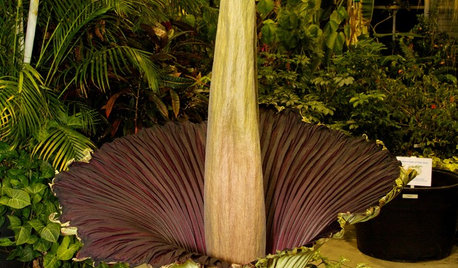
FUN HOUZZSmell This Shocking Flower at Your Own Risk
Don't say we didn't warn you: The foul scent of the rare and incredible corpse flower may knock your socks off
Full Story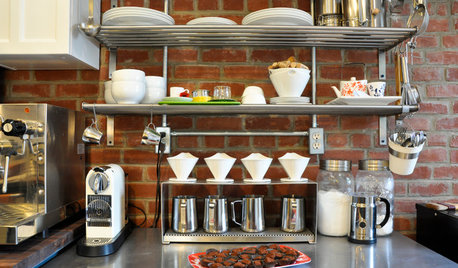
KITCHEN DESIGNSimple Pleasures: Wake Up and Smell the Coffee
Slugging down any old sludge while pulling on socks is no way to start the day. Learn to brew amazing java and savor the experience here
Full Story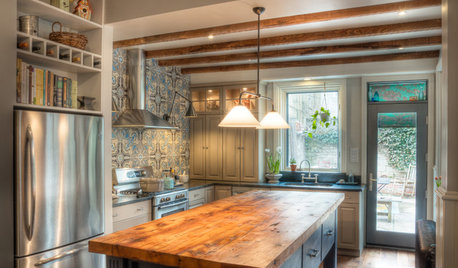
HEALTHY HOMENontoxic Paint 101
If 'VOC' sounds like gobbledygook and you have no clue what causes that funny smell, check out this primer on ecofriendly paint types
Full Story
FEEL-GOOD HOME9 Ways to Boost Your Home’s Appeal for Less Than $75
Whether you’re selling your home or just looking to freshen it up, check out these inexpensive ways to transform it
Full Story
SELLING YOUR HOUSE10 Low-Cost Tweaks to Help Your Home Sell
Put these inexpensive but invaluable fixes on your to-do list before you put your home on the market
Full Story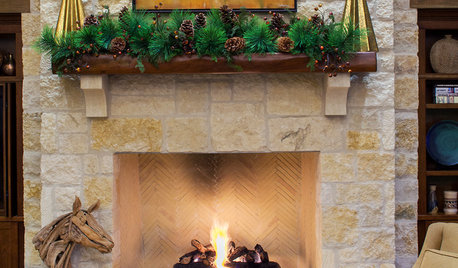
SELLING YOUR HOUSEHow to Decorate for the Holidays When Your Home Is for Sale
You can make your home appealing to potential buyers and still celebrate the season. Here are 7 tips to keep in mind
Full Story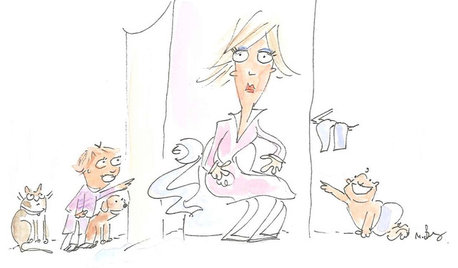
LIFE21 Things Only People Living With Kids Will Understand
Strange smells, crowded beds, ruined furniture — here’s what cohabiting with little monsters really feels like
Full Story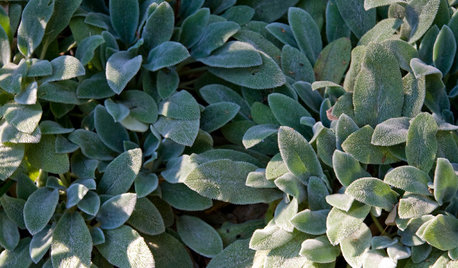
FOLIAGEThe Right Touch: 13 Soft, Fuzzy Plants for Gardens and Pots
Brush a hand on velvety foliage or fluffy plumes for a sensory garden experience beyond sight and smell
Full Story






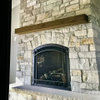
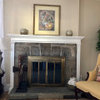
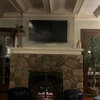
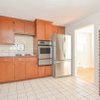
christopherh